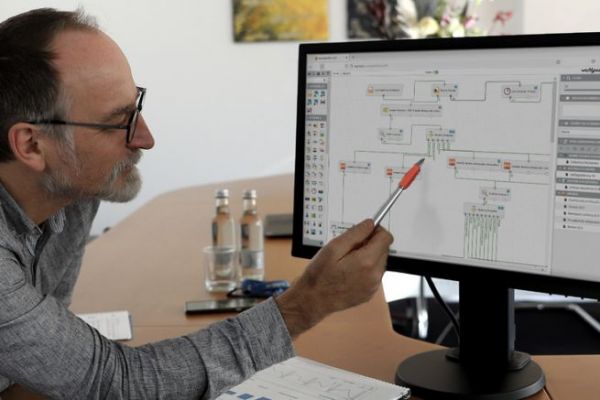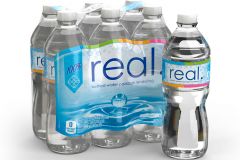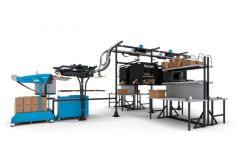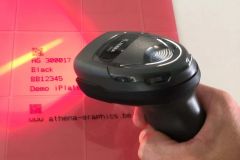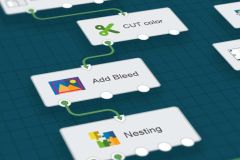German automation specialist OneVision releases version 23.1 of its software, bringing a host of new features and functions. Adaptable to existing systems, OneVision's modular workflow software is designed to keep print production processes running smoothly. Today, OneVision has over 3,000 customers worldwide, ranging from label and wide-format printers to newspaper publishers and commercial and industrial companies.
OneVision Software divided into production stations
The major new feature of the new OneVision Software version 23.1 is the production station concept.
OneVision has divided the entire production process into production stations, from order reception to logistics.

In this way, work step information is automatically transmitted to the users of the various production workstations, who then report their implementations. This provides direct feedback to the workflow management system. And printers can monitor the production status of their products in real time.
Additional dashboards and an enhanced nesting function
Secondly, in this new version, it is now possible to configure additional dashboards to meet the needs of different users.
OneVision has also made changes to the nesting function.
This tool can now automatically place marks between objects.
What's more, in this new version, the substrate strip used for nesting is included in the job data, giving access to new information such as the calculation of the time required for production, production costs, or its integration into ERP systems for raw material stock management.
Simplified integration with Dataline Solutions ERP/MIS systems
Finally, OneVision and Belgian software publisher Dataline Solutions have strengthened their collaboration. The integration of Dataline's ERP/MIS MultiPress software with OneVision's automation solution has been simplified. This integration enables data to be transmitted seamlessly, guaranteeing dynamic, automated workflows.
